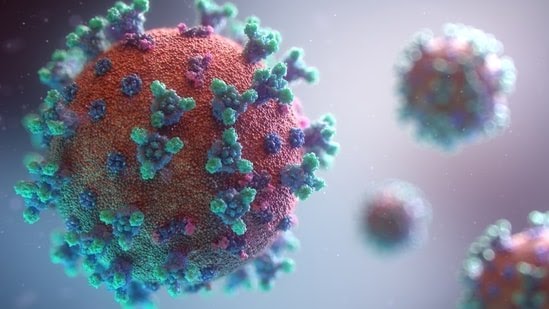HMPV can range from mild to severe cough, fever, nasal congestion...
The first suspected of Human Metapneumovirus (HMPV) is an eight-month-old in Bengaluru. On January 2 the infant's sample was collected, according to the laboratory report.
However, yet the results has not verified by the state health department independently, they acknowledged the credibility of the private facility’s findings. “We trust the accuracy of their testing procedures,” a health department official said, according to an India Today report.
HMPV primarily affects children and is known to be present in about 0.7 per cent of flu cases globally. However, Karnataka health officials have stated that they lack detailed information on the specific strain in question.
Amid speculation over the spread of HMPV (human metapneumovirus) in China, the Directorate General of Health Services has said that there is “nothing to be alarmed about”, Doordarshan reported.
Human Metapneumovirus (HMPV) has recently garnered attention due to videos and reports circulating on social media, suggesting that hospitals in China are overwhelmed by a surge in respiratory illnesses, including HMPV. Posts also claim that outbreaks of multiple viruses, including HMPV, influenza A, Mycoplasma pneumoniae, and COVID-19, have contributed to overcrowding in both hospitals and cemeteries.
Human metapneumovirus (HMPV), first discovered in 2001 by researchers in the Netherlands, is a major cause of acute respiratory infections, as noted by the American Lung Association. The virus spreads mainly through close contact with infected individuals, either via respiratory droplets from coughing or sneezing or by touching contaminated objects like toys or doorknobs.
In the U.S., HMPV is more common during the winter and spring, coinciding with other respiratory illnesses such as the flu and Respiratory Syncytial Virus (RSV).
Symptoms of HMPV can range from mild to severe and often include a cough, fever, nasal congestion or a runny nose, and a sore throat. Some people may also experience wheezing or difficulty breathing. In rare cases, a rash may accompany the infection.




The Brief. Sign up to receive the top stories you need to know right now.